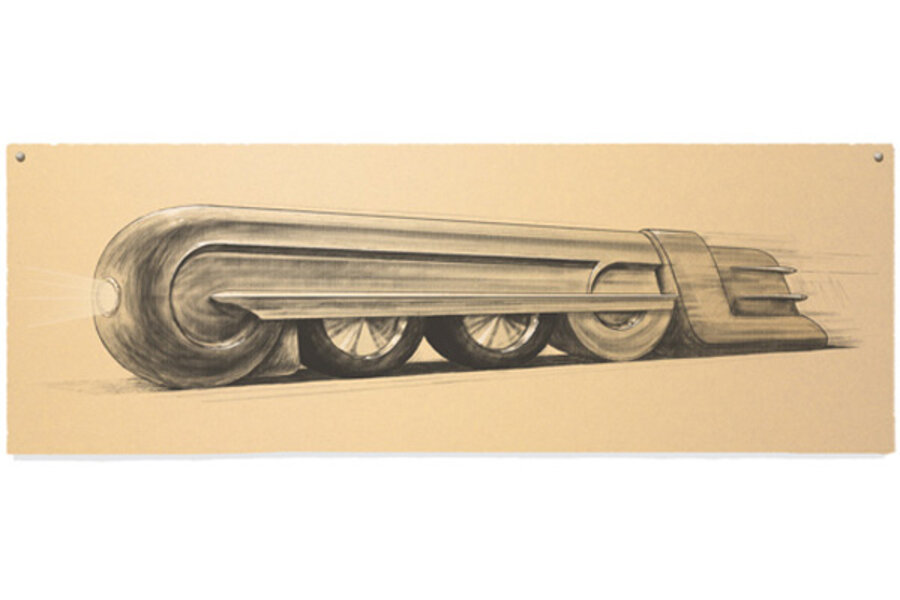Raymond Loewy: How his designs defined the modern era
In the middle of the 20th century, consumer brands became the symbol of the good life, a nod to technological advancement and peace between years of conflict. Smart branding and products, such as the Shell Oil logo, Studebaker Avanti, and Coca Cola vending machines found a permanent home in consumer history.
And one man’s pen stood behind many of these iconic designs: the pragmatic, yet forward thinking industrial designer Raymond Loewy. Mr. Loewy’s timeless designs are immortalized today in a Google Doodle, paying homage to his partnership with Pennsylvania Railroad, and the 120th anniversary of his birth.
Loewy was born in Paris on November 5, 1893. He served in the French army in World War I and came to America shortly after the war. He lived in New York City, designing windows for Macy’s and Saks Fifth Avenue, and providing fashion illustrations for Vogue and Harper’s Bazaar magazines. His first big break in the industrial design world came when he designed the Sears Coldspot refrigerator in the '30s, which, with its aluminum shelves and round-edged design, quickly became the icebox du jour.
From there his 60-year career took off spawning hundreds of consumer designs that ended up in the daily lives of consumers across America. Whether it was creating brand logos that remain in place today, such as Exxon Mobil and Shell Oil, or consumer packaging that convinced millions of consumers to purchase products, such as the Lucky Strikes white package and Schick electric razor, his designs were known as simple and fashionable, but most importantly, customer-friendly.
"The main goal is not to complicate the already difficult life of the consumer," he once said.
His designs even accompanied Americans out of this world. From 1967 to 1973 he consulted for NASA’s Saturn-Apollo and Skylab projects, pioneering a porthole that looked toward Earth and designs that simulated gravity.
Though the aesthetic of his products brought him fame, his partnerships with certain companies rocketed his work to true icon status.
He was behind the Greyhound Scenicruiser, the Studebaker Champion and Avanti, and designed four Pennsylvania Railroad locomotives at the height of train travel, as referenced in Tuesday's Doodle. Loewy also worked with the federal government, designing the blue, white, and chrome livery on Air Force One and the United States Postal Service’s eagle logo.
This work earned him a place on the cover of Time Magazine in 1949. After an extensive career, Loewy retired in 1980 and died in 1986. But, as New York Times reporter Susan Heller wrote, his designs are nearly everywhere one looks.
"One can hardly open a beer or a soft drink, fix breakfast, board a plane, buy gas, mail a letter or shop for an appliance without encountering a Loewy creation," she wrote.






